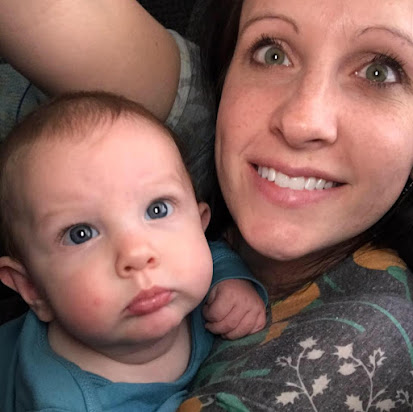So the first two units of the school year of 2nd grade for me are spent reviewing place value and comparing numbers. You can read more about how I teach that under this blog post about Place Value Understanding (it also has a freebie!)
The third unit, and how we end the first marking period, is spent learning all about word problems. I absolutely love teaching word problems, their types, and then the strategies to solve the problems! So this past week was our first week with word problems!
On Tuesday, the first day of our unit, we talked about sorting and how to sort. We came to the common term that sorting we would sort by putting things together that were similar, or had something in common. I told the students to sort the 9 slips of paper (with word problems) into two groups. I monitored the students by stopping and helping as I was walking around the room. You can strategically group students so you have a higher reader with a lower reader, in case they are not able to read the word problems. After about 10 minutes I had the students stop and leave their word problem strips at their desk and come to the rug. We discussed how they decided to sort. Some groups sorted by saying, "well this group has word problems with 4, 5, 6 or 7 in it, and the other group has 8, 9, 1 or 2 in it". Some groups sorted by word problems that mentioned food and word problems that didn't mention food. Then there was 1 group that sorted by knowing how many items were in the problem to start versus the problem started with the word 'some'. You can find the word problem sort here- FREEBIE WORD PROBLEM SORT.
I took their thinking and ran with it!! I introduced the first 3 types of word problem types. Add to (Join) Result unknown (3 + 2 =?), Change unknown (3 + ? = 5), and Start unknown (? + 2 = 5). I gave examples for each one. This was VERY direct instruction. I'm all for student-led, collaborative instruction, but some things have to be taught directly.
I then had the students go back to their word problem strips and re-sort, but this time into 3 groups. I think every group but one, sorted the word problems into the 3 problem types--result unknown, change unknown, and start unknown. I was so excited!
The next day, we discussed the 6 steps to problem solving. We reviewed the first 3 types of word problems (add-to result unknown, change unknown, start unknown). We discussed, in detail, drawing a model. We talked about a part-part-whole chart (because that is something they use in 1st grade), and that let to introducing a bar model to them. I showed the students how for each type of word problem, a bar model would look. I then showed them the 6 step template to solve our problems.
The 6 steps to solve a problem is very simple, and if we follow it for every problem, problem solving will no longer be a problem! The first step is to read the problem. When I model this, I read it out loud, but then I also tell the students to read it to themselves. Step 2 takes some practice, rewriting the question as a statement can be a little tricky! Model, model, model though! In step 3, students write down who and what the word problem is about. In step 4, the students draw a model. We started with a bar model. I explain that in an add-to result unknown, the biggest part of the part model has a question mark. But with a change unknown, or start unknown in an add-to word problem, one of the parts is unknown. Part 5 is to actually do the work to solve, whether it's drawing a picture of tens and ones, or solving with partial sums--whatever works for the student to successfully solve the problem. Check 6 is then checking their work by a different strategy. They can also use addition (if they originally subtracted) or use subtraction if they originally added to check their work!
The structure of the word problem is very straight forward, and if a student can read a problem, and identify the type, they will know what they need to do to solve it. For example, with the word problem, "Aladdin flew on his carpet for 12 miles. He picked up Jasmine and they flew for 14 miles. How many miles did Aladdin fly on his magjc carpet for?" To set up the equation for this word problem, we know that start, how many miles Aladdin flew alone, 12. We know he picked up Jasmin and flew 14 more miles, but what the problem is asking us to figure out is how many in all? So we would set this up as knowing both parts 12 + 14 = ? with the unknown being the result.
My students work very hard on word problems. I think they enjoy the same set up each time. They think about what they don't know, and what they need to solve to figure it out. They use the language result unknown, change unknown, and start unknown, and can give you examples of all these types of word problems. I give them plenty of opportunities to practice, and they feel confident in solving, and explaining their thinking to peers and adults alike!
Next week we will be moving onto the different strategies of how to solve these word problems and adding and subtracting multi-digit numbers!! (Another one of my favorites to teach!)
Want to try this for your class? You can scoop up those extra opportunities for your students to practice here with Problem Solvers!
If you have any questions or problems, feel free to email me mwhitt613@gmail.com


















No comments